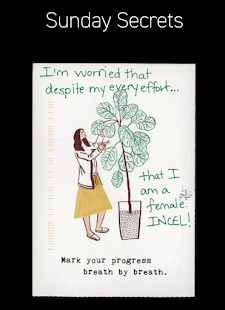Hypertext Fiction - Cam
In Chapter Three of Scott Rettberg's Electronic Literature, the concept of hypertext fiction was introduced. While combinatory poetry was considered by many scholars to be one of the oldest forms of electronic literature, hypertext fiction is one of the first forms of electronic literature to acquire critical interest during the late '80s into the early '90s. As the genre of hypertext fiction began to come into fruition as a broad concept, writers of this genre were considered to be, "writing stories designed as interlinked fragments of text, with multiple possible reading sequences to be navigated through the reader's selection of links between them" (Rettberg 54). The importance of hypertext fiction is quite immense when examining the field of electronic literature, as the critical interest generated for the genre crafted the study of electronic literature in the way that it has evolved into. Rettberg describes this importance in the chapter, saying, "...without the small critical industry that developed around hyper text fiction during this period, electronic literature would likely not have been established as a field of academic research and practice in the way that it is today" (Rettberg 54). Hypertext fiction is an extremely broad spectrum of literary works, as the non-linearity of the genre enables authors and artists to use their imagination to deliver their final product.
While skimming the chapter looking for a particular reference to dive more deeply into, I was mesmerized by A Humument by Tom Phillips, a work of artistic postmodern fiction. Postmodern fiction separates itself within in the electronic fiction spectrum in the way that it focuses heavily on the relation between traditional narrative and forms of media. Rettberg describes the correlation between these two pieces, saying, "One aspect of the postmodern turn was not only to reconsider the form and genres of narrative, but also the relations of written narrative to other media forms" (Rettberg 60).
Scott Rettberg describes A Humument by Tom Phillips towards the middle of the chapter, synopsizing A Humument as, "... a novel made by painting over every page in another novel, obscuring and enhancing the meaning of particular passages through both verbal and visual registers" (Rettberg 60, 61). In the late '60s, Tom Phillips was browsing through a discount furniture store, looking for a body of work that he would be able to manipulate into a new piece of literature. An old, yellowing copy of a Victorian novel, A Human Document, caught his eye on the clearance book racks, and he purchased the book for only a few cents. A Humument epitomizes medial reflexivity, which Rettberg defines as, "... the machinery of storytelling and other kinds of semiosis" (Rettberg 60). The preliminary drafts were completed between 1966 and 1970, but the final drafts of the work were not completed until 2016, with Tom Phillips passing away in November of 2022. A Humument is fascinating reimagining of a previously-published work, and the method in which Phillips creates his own story closely mirrors black-out poetry. I have attached a photo of one of the original pages from A Humument, which was on display at a gallery a few years ago. (Click here to view the original ART News article including this photo!)



A Humument is a great one. Blackout poetry but a true work of art!
ReplyDelete